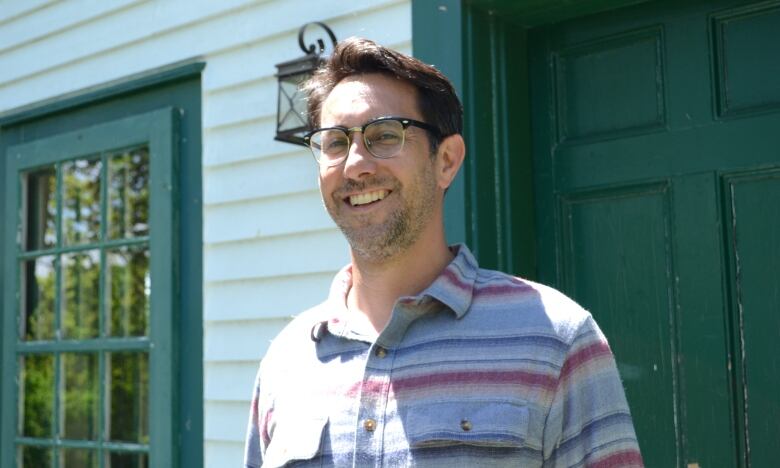N.L. has lost 51% of its farmland in the last 20 years by far the most in Canada
Government must take steps to maximize value derived from land, agrifood expert says

For the past 20 years, Newfoundland and Labrador has been shedding farmland at a rate nearly seven times the national average, according to Stats Canada data.
The amount of land being farmed in the province has dropped 50.7 per cent since 2001, far outpacing every other province in the country. That number is alarming, according toSylvain Charlebois, professor and director of the Agri-Food Analytics Lab at Dalhousie University.
"That is a very, very high percentage," he said.
Charlebois' concerns go beyond Newfoundland and Labrador, and into the rest of Atlantic Canada. Nova Scotia, for example, has 28.4 per cent fewer acres being farmed. New Brunswick is just behind at 28.3 per cent, and Prince Edward Island is at 21.8 per cent.
Agriculture is an expensive industry, and operating at a commercial scale requires huge upfront costs. While bigger provinces like Alberta and Saskatchewan have been more successful at attracting investors in agriculture, Charlebois said the Atlantic provinces have struggled.

"I spoke to many investors across the country and there's little interest in investing in the Atlantic because the return on investment just isn't there," he said. So the Atlantic provinces need to figure out a way to extract more value from their farmland, specifically in Newfoundland and Labrador, he added.
Aaron Rodgers, who manages O'Brien Farm in St. John's, has a few theories on why the province is leading the pack on lost farmland. For one farming is really, really hard. Growing at a larger commercialscale is impossible for the vast majority of farmers, and competing locally is tough.
"It's a difficult industry to be in. It's risky on the local side, which is unfortunate," Rodgerssaid."Very, very, very little of what we grow gets exported. Almost nothing, right? So it's all staying on the island and competing on a [local]scale with [global]products. It's just hard."
Newfoundland and Labrador had 643 farms reporting data to Stats Canada in 2001, and just 344 in 2021.

Rodgers said age is also becoming anissue for existing farmers the average Canadian farmer is 56 years old and there are significant financial and regulatory hurdles for young people who want to start farming.
Then there's geography. Farmland adjacent to urban centres has been evaporating around the world, as cities sprawl outward. Potential new farmers have to look further and further from home to find land.
"In North America and Europe, farmers are very much aging out and at the same time we've created this system where we've pushed smaller, localized farms further and further out because of development."
What can be done?
In order to protect agricultural land, Charlebois said governments need to invest more in things that will increase the value of the land. One such thing would be precision agriculture a method of farming that usesnetworked sensors tocollect data and maximize efficiency with inputs like water, fertilizer and pesticides.
Newfoundland and Labrador has made strides in supporting farmers, with itsWay Forward on Agriculture plan in 2019.
That plan established a goal of doubling Newfoundland and Labrador's food self-sufficiency by 2022. It's unclear how much progress has been made. CBC has asked to speak with Derrick Bragg, the minister responsible for agriculture, for a status update.
Rodgers said the provincial planwas an important step in acknowledging the barriers to entry for new farmers, and said there are programs through the Canadian Federation of Agriculture that have helped with key issues.
He said a lot of important work has to be done at the municipal level as well.
"The grassroots side of it has to come from people within municipalities that say, 'I understand agriculture can sometimes be dirty or smelly and not exactly what I want in my backyard but it's important for lowering the risks of a food system collapse.'"
With files from The St. John's Morning Show












_(720p).jpg)


 OFFICIAL HD MUSIC VIDEO.jpg)
.jpg)



























































































